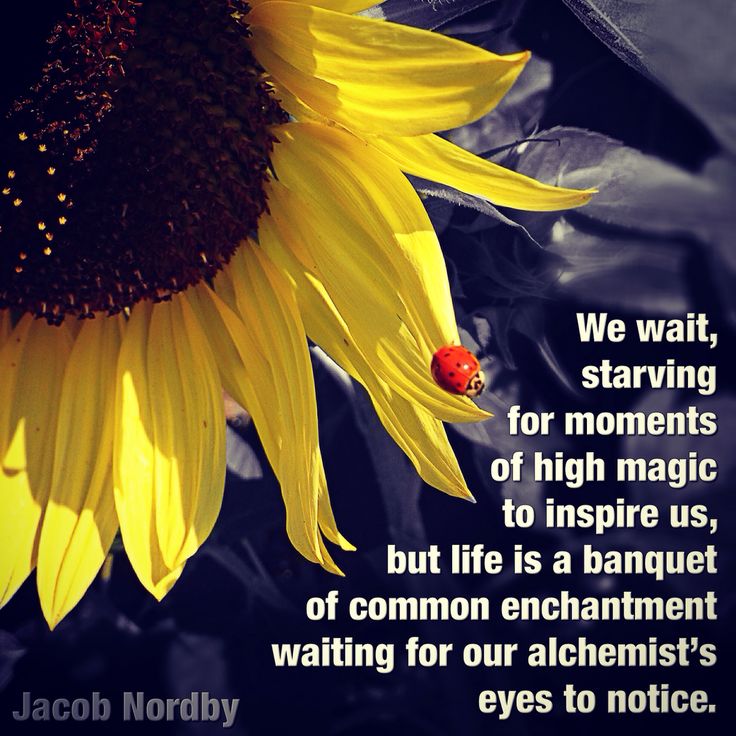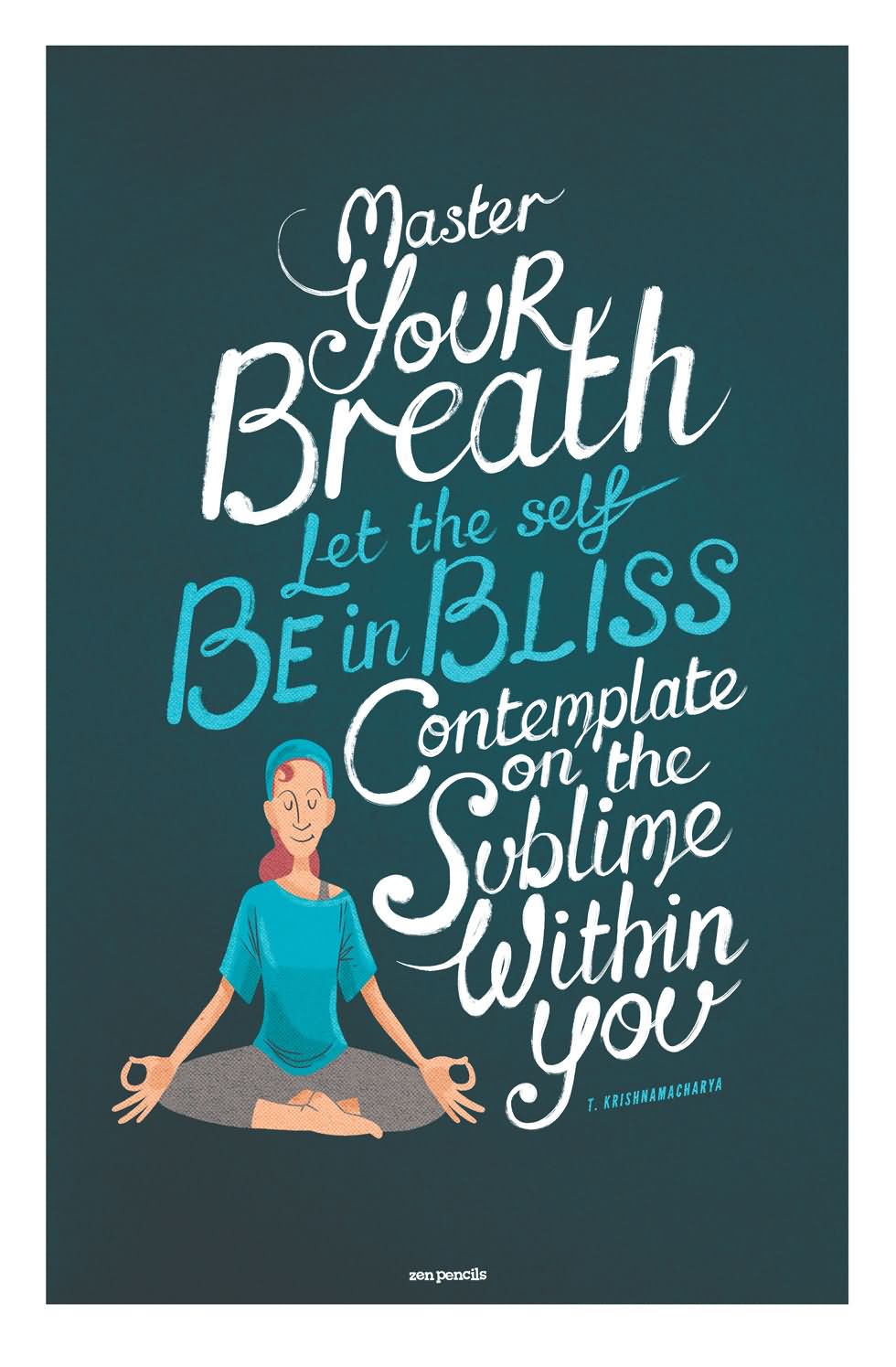Meeting Myself on the Mat
Why don’t people talk about the daydreaming like aspects of meditation?
I know daydreaming and meditation are very different. But while in yoga class, when I am focused on the doing of the yoga, my mind is so focused on the doing, particularly my effort to maintain balance, the rest of my conscious awareness is just allowed to experience the effort. There is no judgment in this space. There is no reproach. It’s just me, allowing myself to feel the experience of yoga, as I am, as my body is able. It’s dreamy.
There With Care, a favorite Boulder charity that serves families whose children are facing medical crisis, advises their volunteers to “meet the clients where they are at.” (Their reasoning is the family is going through enough crisis, so the volunteers should approach their interactions with the families with thoughtful and heartfelt care.) In my introspective yogic moment, I feel like I am meeting myself in a way that I can’t access when I am not doing yoga. I am meeting myself where I am at. Hello self.
Recently in a yoga class, I was reaching for my toes in Uttanasana (standing forward bend) and suddenly, I was in awe of my toes. I was thinking, “Hello toes. It’s so lovely to truly meet you, and see you, and be grateful for you.” I was filled with gratitude for my feet, which is not something that happens often enough. It was a surreal, dreamy experience, to be one with myself while also being fully present with the class all at the same time.

Personal Revolution
Many meditation teachers make it seem like there can be no thoughts during meditation, which is an unlikely prospect for all but the most devoted students and even then, that can take a lifetime. But the whole not-judging-myself space, where I am open to myself, and my experience, allowing it to unfold, that experience is just as meditative… but it’s also feels a lot like daydreaming. The difference between this type of meditative experience and daydreaming is, my mind is not drifting off into outer space. Instead, I am diving deep into myself. It’s me-dreaming – seeing the wonders of my body and my life through my own eyes. Instead of being self-involved, I feel self-evolved and whole. It’s a magical yoga experience and part of the reason I return to the mat again and again.

Maybe it’s because “daydreaming is looked upon negatively because it represents ‘non-doing’ in a society that emphasizes productivity,” says John McGrail, a clinical hypnotherapist in Los Angeles. “We are under constant pressure to do, achieve, produce, succeed.” There is so much value to daydreaming itself, that I imagine more people might consider meditating if they knew daydreaming was an acceptable means to access that gently introspective state of beingness.
Daydreaming is not just a temporal experience, but a physical one, which might explain why this type of meditative experience works so well with yoga. Daydreaming allows us “to access information that was dormant or out of reach.” It also allows us to “make an association between bits of information” that we might not have considered otherwise. (National Geographic) “During daydreams, we are slightly detached from our immediate situation. That can mean we are more receptive to ideas generated within our subconscious.” When we daydream our mind naturally “cycles through different modes of thinking, and during this time the analytic and empathetic parts of your brain tend to turn each other off.” (Psychologies)
Brain Matters
Meanwhile, there is plenty of research on the valuable effects of meditation on the human brain. Studies have shown that meditation affects many areas of the brain, including the lateral prefrontal cortex, the medial prefrontal cortex, the ventromedial medial prefrontal cortex, the dorsomedial Prefrontal Cortex, the insula, and the amygdala. A study from Yale shows that, “meditation decreases activity in the default mode network (DMN), the brain network responsible for mind-wandering and self-referential thoughts – a.k.a., “monkey mind.” Reducing random mind wandering quiets the DMN, easing both the panic instinct and the resulting anxiety. At John Hopkins, Madhav Goyal explains, “Meditation is an active training of the mind to increase awareness, and different meditation programs approach this in different ways.” Another study by UCLA Department of Neurology shows that meditation also increases grey matter in the brain. Lead scientist, Eileen Luders, believes that “the increased gray matter in the meditators’ brains should make them better at controlling their attention, managing their emotions, and making mindful choices.”
“Over the past decade, researchers have found that if you practice focusing attention on your breath or a mantra, the brain will restructure itself to make concentration easier. If you practice calm acceptance during meditation, you will develop a brain that is more resilient to stress. And if you meditate while cultivating feelings of love and compassion, your brain will develop in such a way that you spontaneously feel more connected to others.” (Your Brain on Meditation) My experience of introspective daydreaming sounds a lot like the benefits of meditation.
Invitation
It seems to me that if we can’t consciously stop thought altogether and just be, then just maybe slipping past our thoughts, into a space of day-dreamy non-judgment might just be the next best thing. Next time you are in yoga class, give introspective daydreaming a try. The entire universe is inside you, waiting to be discovered, and you might just like what you find.






